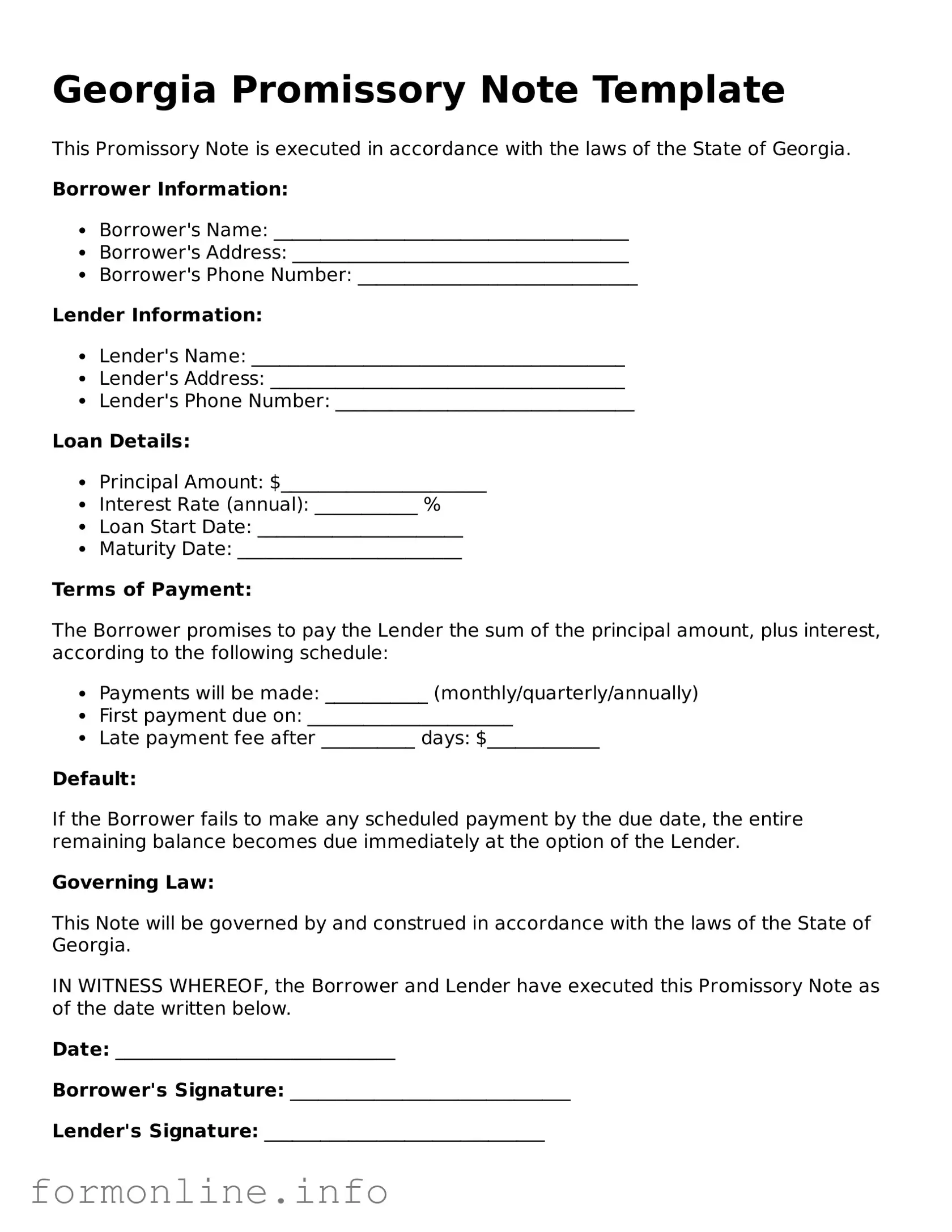A promissory note is often compared to a loan agreement. Both documents outline the terms of a loan, including the amount borrowed, interest rates, and repayment schedules. However, a loan agreement is typically more comprehensive, detailing additional terms such as collateral, default conditions, and the responsibilities of both the lender and borrower. In contrast, a promissory note is usually a simpler document focused primarily on the promise to repay the borrowed amount.
A mortgage is another document that shares similarities with a promissory note. While a promissory note serves as a promise to repay a loan, a mortgage secures that loan with real property. The mortgage outlines the lender's rights to the property in case of default. Both documents are often executed together in real estate transactions, with the promissory note detailing the repayment terms and the mortgage providing security for the lender.
An installment agreement is akin to a promissory note, as both involve a borrower agreeing to repay a loan in fixed payments over time. However, an installment agreement may involve more complex terms, including provisions for late payments and penalties. The promissory note, on the other hand, typically emphasizes the borrower's commitment to repay the debt without delving into the intricacies of payment schedules.
A personal guarantee is another document that can be compared to a promissory note. A personal guarantee involves an individual agreeing to be responsible for another party's debt. While a promissory note is a direct promise to repay a loan, a personal guarantee provides additional security for the lender by holding an individual accountable if the primary borrower defaults. Both documents are used to establish trust and responsibility in financial transactions.
For those interested in legal protections, the Florida Hold Harmless Agreement provides a crucial framework that ensures one party does not hold another liable for certain damages or injuries. This document is essential for anyone navigating agreements, as it establishes clear expectations and responsibilities. To learn more about the specifics of this agreement, you can refer to the important Hold Harmless Agreement details.
A bill of exchange bears similarities to a promissory note in that both are negotiable instruments used in financial transactions. A bill of exchange involves three parties: the drawer, the drawee, and the payee. It orders the drawee to pay a specified sum to the payee. In contrast, a promissory note is a direct promise from the borrower to the lender. Both documents can be transferred to third parties, making them useful in various financial contexts.
A security agreement is another document related to promissory notes. While a promissory note outlines the borrower's promise to repay a loan, a security agreement provides collateral for that loan. This document details the specific assets pledged by the borrower to secure the loan. Both documents work together to protect the lender's interests, with the promissory note focusing on repayment and the security agreement addressing collateral.
Lastly, a lease agreement can also be compared to a promissory note, especially in the context of financing. In a lease agreement, a lessee agrees to make periodic payments for the use of an asset, similar to how a borrower agrees to repay a loan in a promissory note. While a lease agreement typically involves the use of property rather than a direct loan, both documents establish a payment structure and obligations between the parties involved.
